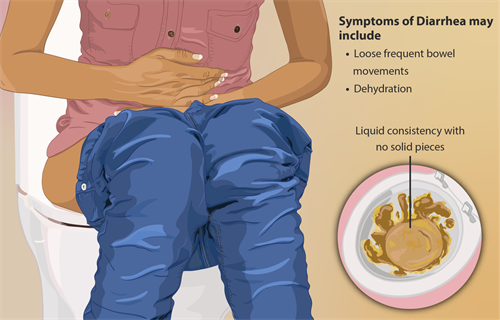
PUMPA - SMART LEARNING
எங்கள் ஆசிரியர்களுடன் 1-ஆன்-1 ஆலோசனை நேரத்தைப் பெறுங்கள். டாப்பர் ஆவதற்கு நாங்கள் பயிற்சி அளிப்போம்
Book Free DemoIntroduction to Microorganisms:
Organisms that can be only seen with a specific tool (microscope) are called microorganisms.
They are basically classified into four groups:
- Bacteria
- Virus
- Fungi
- Protozoa

Types of disease-causing organisms
Important!
Microscopes are used to study the structure of microorganisms.

A typical compound microscope
Difference between the terms disease and disorder:
- Disease: It is described as any unhealthy deviation from an organism's typical structural or functional state, with definite pathological signs and symptoms.
- Disorder: A disorder is a functional disturbance or abnormality in a normal healthy individual.
Bacterial Diseases:
Bacteria are small (mostly microscopic) prokaryotic microorganisms that are unicellular. They do not contain a nucleus and usually does not have membrane-bound organelles. Bacteria have a comparatively simpler structure.
Characteristics of bacteria:
- Bacteria can either exist independently (free-living) or as parasites (dependent on another organism for life)
- Bacteria invade tissues and thus cause disease.
- Bacteria release toxins that damage tissues which produce pus or harmful wastes.
Bacterial diseases and their mode of transmission are listed below:
Diseases | Mode of transmission |
| Cholera | Contaminated water |
| Pneumonia | Inhalation of the airborne droplets from a sneeze or cough |
| Tetanus | Contamination of wounds with the bacteria |
| Tuberculosis | Inhalation of the airborne droplets from a sneeze or cough |
| Typhoid | Contaminated food or water |
More examples of bacterial diseases:
1. Diarrhoea:

2. Tooth decay:

Tooth decay
Viral diseases:
A virus is an acellular (does not contain cells) agent that replicates or reproduces only inside the host or other living organisms' body. The virus can infect various types of life forms that include plant, animals and other microorganisms.
They invade normal living cells; and once the virus infects the cell, it directs the cell machinery to multiply and produce more viruses. They can kill, damage or alter the structure of cells.

Virus structure
Diseases that are caused by viruses:
1. Common cold:

Common cold symptoms
2. Influenza:

Influenza symptoms
3. Hepatitis:

Hepatitis A symptoms
4. Polio:

Polio attacked person
5. Chickenpox:

Person attacked with chickenpox
6. Measles:

Measles symptoms
7. Mumps:

Mumps signs and symptoms
8. Rubella:

Rubella signs and symptoms
9. Rabies:

Rabies signs and symptoms
Reference:
https://pixabay.com/photos/white-chemistry-isolated-microscopy-219983/
https://commons.wikimedia.org/wiki/File:Basic_Scheme_of_Virus_en.svg
https://www.freepik.com/free-vector/common-cold-symptoms-cartoon-style-infographic_9741943.htm#page=1&query=Common%20cold&position=0
https://commons.wikimedia.org/wiki/File:Polio_Victim_-_Kolkata_2015-02-07_2153.JPG
https://commons.wikimedia.org/wiki/File:Process_of_tooth_decay.jpg
https://www.vecteezy.com/vector-art/1437118-influenza-symptoms-cartoon-style-infographic
https://www.freepik.com/free-vector/malaria-transmission-cycle-symptom-information-infographic_11206857.htm#query=malaria&position=8